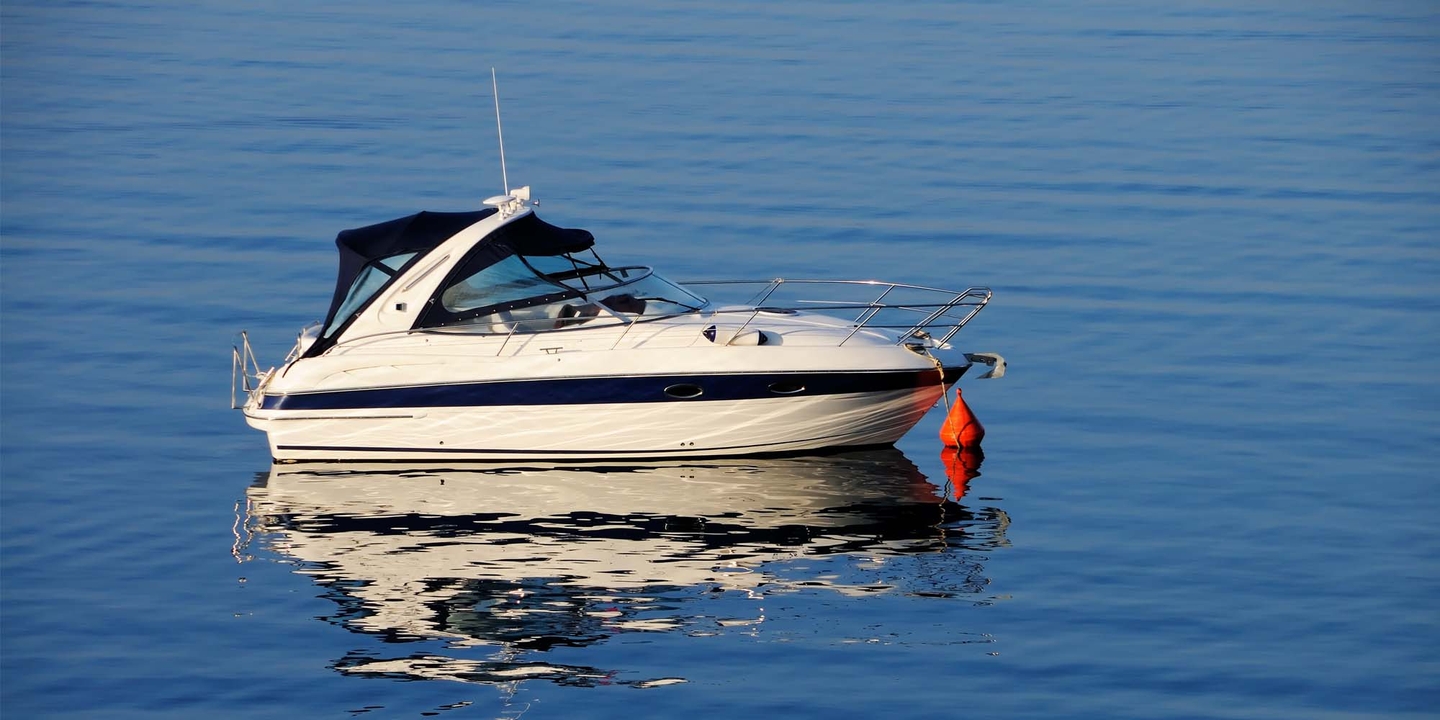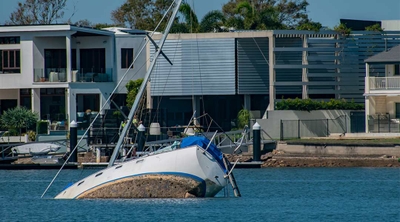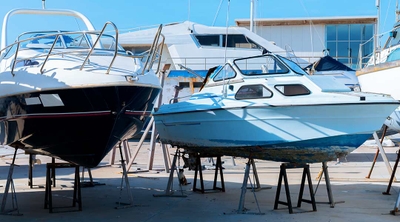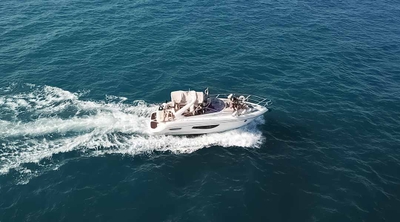What Is Shallow Water Boating?
3 min read
Whether you’re looking to explore the coastline or figure out which boat to use for your local creek, boating in shallow water can be both satisfying and risky. The shallower the water, the greater the risk that you’ll end up running aground or damaging the boat by hitting something in the water. Even if you’re a confident boater, get familiar with shallow water boating before trying it.
What is the minimum water depth for boats?
The minimum water depth for a boat to float is called its “draft.” Most boats, especially powerboats, have two draft measurements. The “static draft” is the water it needs to float when it’s standing still, and the “running draft” is the minimum water depth for the boat when it’s moving. The running draft is smaller, meaning the boat requires less depth when moving because the forward momentum creates lift that pushes the boat farther out of the water.
How to make boats go up
That action of creating a lift is called putting the boat on a plane, but not all boats will do it. It depends on the design of the hull. Boats designed to plane will have a planing hull with relatively little keel. In a boat designed to plane, there may be considerable variation between the static and running draft numbers.
Figuring out how shallow your boat can go
Your boat’s draft should be indicated by the manufacturer, but you may want to check it yourself. When manufacturers measure the draft, they usually do so with the boat unloaded and low or empty fuel. That means it’s riding higher in the water when they measure it than it will be when you head out for a day on the water. If you’re planning to go into shallow water with your boat, load the boat for your trip (passengers included) and then measure from the waterline to the lowest part of the boat underwater.
What are shallow water boats?
Some boats are better for shallow water than others. The best boats for shallow waters tend to have wider designs with relatively flat bottoms, like jon boats and skiffs. Boats with flat bottoms are stable in calm water but generally don’t do well in waves, making them best suited to good conditions and inland water.
The boats that offer the best stability in waves, choppy water, or on the ocean usually have a keel that deepens their draft considerably, making them poor choices for shallow water. Some boat designs — like pontoon boats or boats with “semi v” hulls — offer something in between. They don’t have as shallow a draft as flat-bottom boats, but they offer better stability in waves and can be a good choice if you’re looking for something with a relatively shallow draft that can also be seaworthy.
Tips for shallow water boating
Plan ahead
The U.S. Coast Guard recommends making a float plan to leave with someone on land. This document lists the details of your trip, such as when you leave, where you’re going, and when you expect to be back. Float plans are a good addition to other boat safety preparation. Letting someone know your whereabouts is extra valuable, especially if you’ll be taking your boat into shallow spots in the water where you might get stuck.
Know the area
Before you leave, check weather forecasts, tide patterns, and nautical charts. Know where the shallowest spots are and what depth you can expect. Compare that to your vessel’s draft measurements and understand your margin for error.
Study the tides
If an area has tides, the difference in water depth can be crucial. You may get beached when the tide goes out or need to plan around a specific window when the tide will allow you to get where you’re going.
Gear up
Modern technology can make boating in shallow water easier. A depth finder can be a helpful tool. Apps can also give you nautical charts and relief maps of the bottom structures. Other great equipment isn’t high-tech. For centuries, boaters have been using poles to push flat-bottomed boats through shallow water. Consider keeping a pole on hand for this purpose.
Don’t trim up to the max
Leave a few inches on your outboard motor trim. If you get stuck, you won’t have many options to get unstuck. If you can raise the outboard trim a little more, you may still be able to back out.
Don’t rush
You may be tempted to push your boat fast so that it rides higher in the water. However, once you stop, you may find you’ve ended up somewhere that doesn’t offer enough depth to get the boat going again. Also, you can damage the bottom of the boat or the motor if you accidentally run aground at speed. Slow down when you’re in shallow water.
Shallow water boating can be fun, but it also has some risks. If you can figure out how shallow your boat can go in advance, you can avoid running aground.






